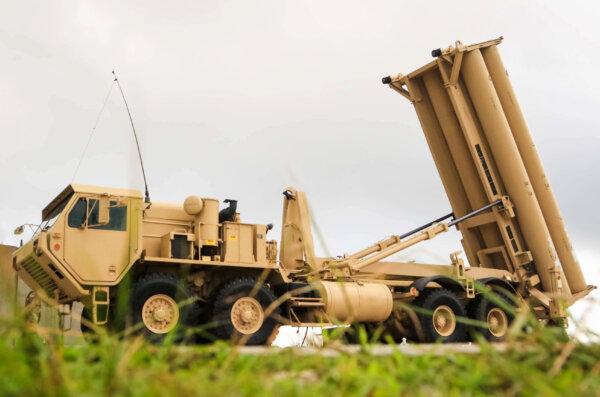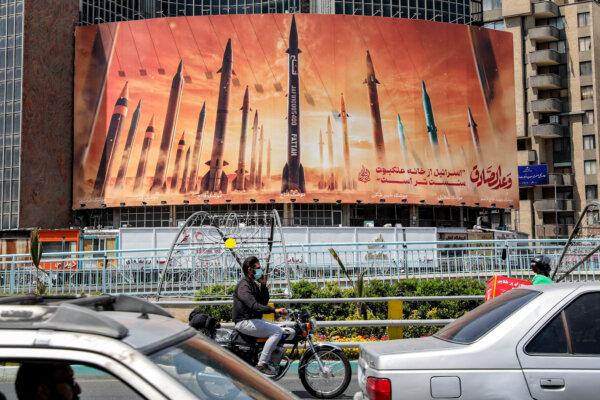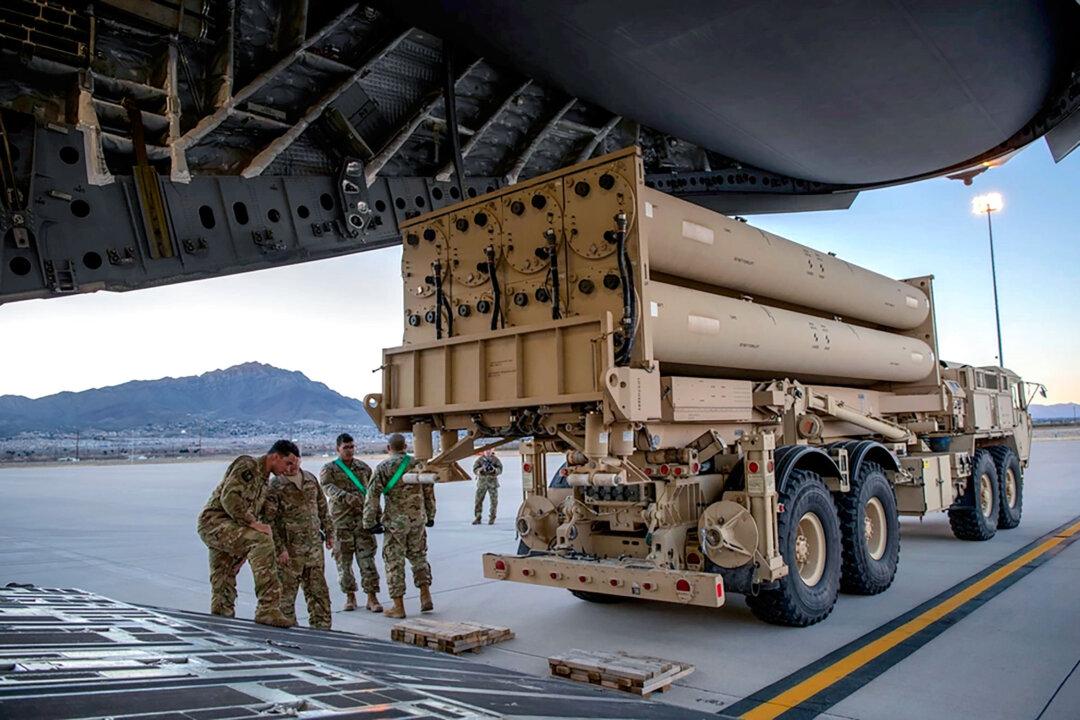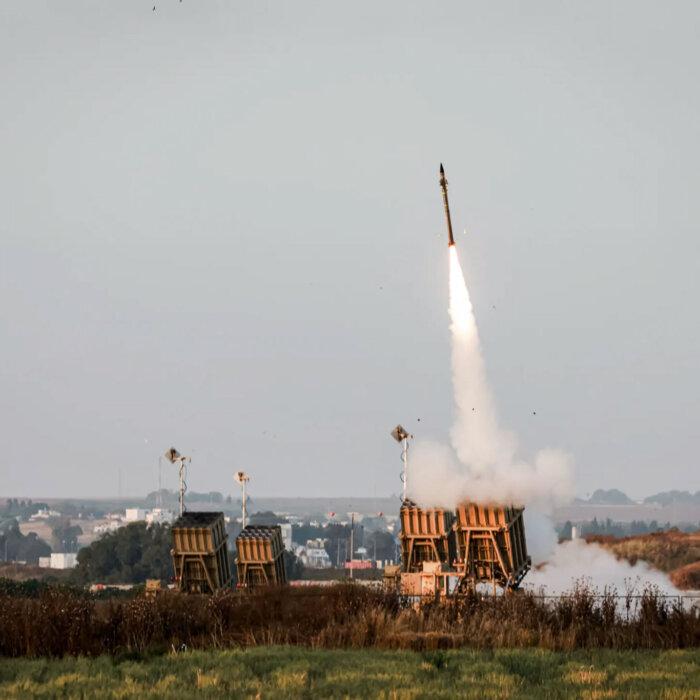The U.S. military’s advanced anti-missile system is now “in place” in Israel, according to officials.
Defense Secretary Lloyd Austin told reporters before his arrival in Ukraine on Oct. 21 that the Terminal High-Altitude Area Defense (THAAD) system is up in Israel.
Hit-To-Kill
The Department of Defense confirmed on Oct. 13 that it would deploy the advanced air defense system and U.S. support troops to Israel.It is effective against short-range, medium-range, and limited intermediate-range ballistic missile threats—which would include all ballistic missiles launched at Israel from Iran—intercepting them during their final phase of flight.

President Joe Biden said the THAAD’s deployment, along with about 100 U.S. soldiers, will help defend Israel.
Israel is expected to retaliate against Iran, which launched hundreds of drones and missiles at Israel earlier this month following Israel’s killing of Hezbollah leader Hassan Nasrallah.
Biden recently said he has a good understanding of how and when Israel plans to respond to Iran’s recent ballistic missile attack.
On Oct. 21, Austin said it was an “Israeli decision.”
“It’s hard to say exactly what [Israel’s] strike will look like,” he told reporters.
“At the end of the day, that’s an Israeli decision, and whether or not the Israelis believe it’s proportional and how the Iranians perceive it, I mean those may be two different things.
“We’re going to do—continue to do—everything we can ... to dial down the tensions and hopefully get both parties to begin to de-escalate. So, we'll see what happens.”

Iron Dome
Israel has a multi-layered missile defense system, built with the assistance of the United States.The Iron Dome, which was developed by Israel with U.S. support, is the most well known of the systems.
It specializes in shooting down projectiles fired at short range and has been used countless times to defend against Hamas rockets fired from the Gaza Strip and Hezbollah attacks from southern Lebanon.
It has intercepted thousands of rockets, and Israel says it has a success rate of more than 90 percent but has a limited range of about 45 miles.
Named after the biblical figure’s famous weapon that killed the giant Goliath, David’s Sling is a rocket system designed to intercept medium-range missiles.

Missiles
David’s Sling fires interceptors, known as the Stunner or SkyCeptor, at incoming missiles.Each interceptor is worth at least $1 million.
It was also developed with assistance from the United States.
David’s Sling has been used mainly to bring down Hezbollah rockets fired from southern Lebanon and aimed at Jerusalem or Tel Aviv, a distance of about 100 miles. It has a range of up to 185 miles.
The Arrow system was designed to intercept long-range ballistic missiles, such as those that were fired at Israel by Iran on Oct. 1.
The newest iteration, Arrow 3, has a range of 1,490 miles and has also been used to take down missiles fired by the pro-Iran Houthi rebels in Yemen.
Only missiles fired from eastern Iran are beyond its range.







